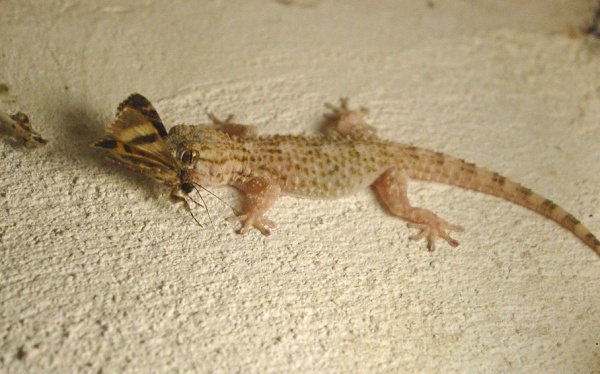Facts About Common Wall Gecko
The Tarentola mauritanica, commonly known as the common wall gecko, is a fascinating species native to the western Mediterranean region, encompassing parts of Northwestern Africa and Europe. In recent times, it has also spread to the Americas and Asia. These geckos are frequently seen clinging to walls in urban areas, particularly in warm coastal regions, and even further inland in countries like Spain. First described by Carl Linnaeus in 1758, this robust gecko can grow up to 15 centimeters in length and features distinctive spiny tubercles that give it an armored appearance.
This species is known by several names, including Moorish gecko, salamanquesa in Spanish, dragonet in Catalan, crocodile gecko, European common gecko, and Mauritanian gecko. Adults can reach up to 15 centimeters in length, including their tails, and possess a sturdy body with a flat head. Their backs, legs, and tails are adorned with prominent conic tubercles, although regenerated tails tend to be smoother. Their coloration ranges from brownish-grey to brown, with varying spots that change intensity depending on the light.
Common wall geckos are primarily nocturnal or active during twilight, but can sometimes be spotted during the day, especially on sunny winter days. They mainly feed on insects and lay nearly spherical eggs twice a year, typically in April and June. The young geckos, which hatch after about four months, are less than 5 centimeters long. They take about 4 to 5 years to reach maturity in captivity.
When introduced to new regions, common wall geckos can impact local wildlife by preying on frogs and smaller lizards. The pet trade has led to established populations in regions such as Florida. Additionally, these geckos can host various parasites, including the protozoan Haemoproteus tarentolae and Esther's gecko mite.

 Spain
Spain